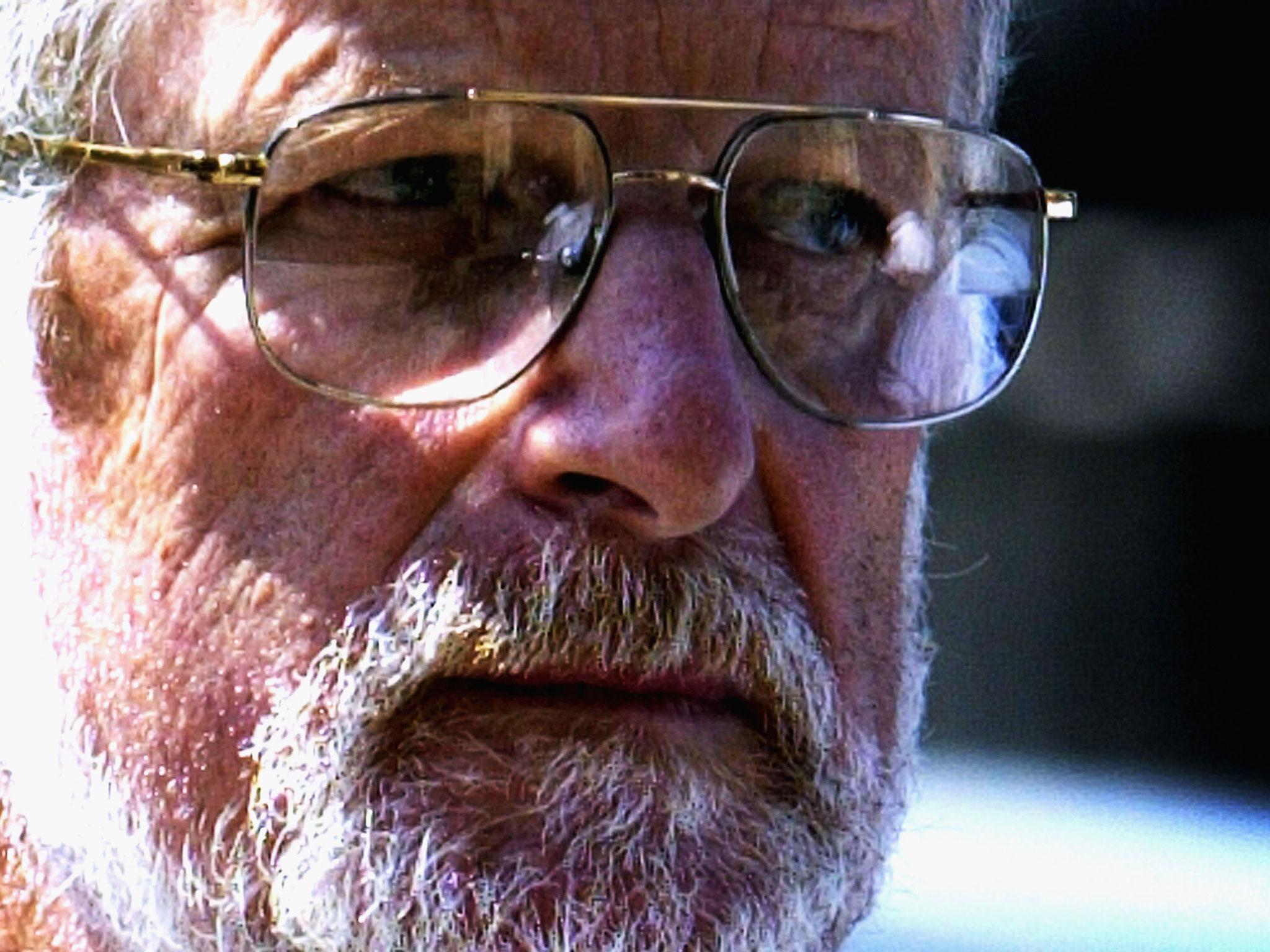Body of Iraq weapons inspector David Kelly moved by family after conspiracy theorists leave placards at grave
'There has been no desecration,' campaigners insist

Your support helps us to tell the story
From reproductive rights to climate change to Big Tech, The Independent is on the ground when the story is developing. Whether it's investigating the financials of Elon Musk's pro-Trump PAC or producing our latest documentary, 'The A Word', which shines a light on the American women fighting for reproductive rights, we know how important it is to parse out the facts from the messaging.
At such a critical moment in US history, we need reporters on the ground. Your donation allows us to keep sending journalists to speak to both sides of the story.
The Independent is trusted by Americans across the entire political spectrum. And unlike many other quality news outlets, we choose not to lock Americans out of our reporting and analysis with paywalls. We believe quality journalism should be available to everyone, paid for by those who can afford it.
Your support makes all the difference.The body of the late David Kelly, a weapons inspector who became central to the infamous "dodgy dossier" claims about the Blair government's case for war in Iraq, has been dug up and removed after claims that campaigners “desecrated” his grave.
Dr Kelly’s family said they decided to exhume the body after people who refuse to accept Dr Kelly took his own life left placards next to his grave in St Mary’s parish church, in Longworth, Oxfordshire.
According to The Sunday Times, the body was taken somewhere else, and is “understood to have been cremated”.
The scientist died in 2003 after he was exposed as a source by a BBC report that claimed the official dossier on Iraq’s weapons of mass destruction had been “sexed up”.
His death led to a judicial inquiry chaired by Lord Hutton, which concluded he had taken his own life, and no inquest was held.
A person close to Dr Kelly's family said the Justice for Kelly group "used to leave notes on the grave and they would have vigils... Janice [Mr Kelly's widow] hated it, and she felt it was a desecration, and asked the police to get them to stop".
The group was set up in order to campaign for an inquest into his death, which they believe was "not by his own hand".
Gerrard Jonas, who is a member of Justice for Kelly, told The Times that they left one placard asking for a coroner’s inquest.
“There has been no desecration,” he added.
“We were going to go for an exhumation licence ourselves. Earlier this year, around March, I said to the coroner, if you can’t help us we might have to pursue an exhumation, and the next moment the exhumation went ahead. What does that tell you?”
Mr Jonas believes the body had been exhumed to prevent it from being used as evidence, and said: “Why after 14 years would someone want to do this? I think it’s a bit more than Mrs Kelly”.
In 2003, BBC journalist Andrew Gilligan reported on the dossier following an off-the-record conversation with the scientist and his subsequent story led to Dr Kelly being identified, who underwent rigorous questioning before a Select Committee.
Dr Kelly was found dead near Longworth after swallowing 29 painkiller tablets and slitting his wrists. A pathologist's report confirmed there was no evidence of foul play.
Join our commenting forum
Join thought-provoking conversations, follow other Independent readers and see their replies
Comments